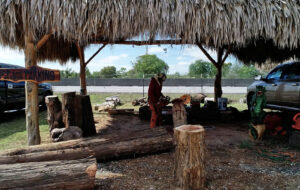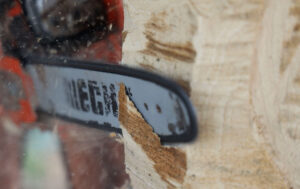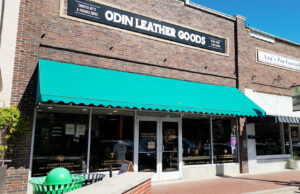
Lewisville – On any given day, you’ll find Odin Clack using his hands to make leather goods. His sturdy grip on the skin, a determined look in his eyes, and a beard that would make any Viking proud, it’s no wonder he shares a name with the god of war. “Well as I tell people, I am as Norse as they come,” said Odin. “So it obviously connects, right?”
Despite being born on the shores of Galveston Island, building ships and sailing the seas aren’t where this Odin rules. Instead, he’s the captain of his shop, Odin Leather Goods in Lewisville. “It’s a team effort to keep things going here,” said Odin.
Odin has had skin in the leather game since 2012, but his craft wasn’t something that he learned through lineage. “For a lot of people, leather is something that their families, they have some family heritage or history with leather,” said Odin. “I’m not the same. Leather was something that really came to me. I was looking just for a creative outlet.”

With a degree in marketing from Texas A&M, Odin has had a successful career, but he wanted to go against the grain and try something new.
“Even if you love your day job in corporate America, you can get burned out on doing certain things,” said Odin. “And I was getting burned out on being on the phone all night long with officer teams, being on the computer around the clock. Email, email, email, conference call. It was just nonstop, and I needed a little bit of a creative break.”
That creative break came for Odin in the form of a passive interest in what he thought might be a neat hobby. “That’s all leather work was for me to start,” explained Odin. “I tried it out, went to the store, saw a bunch of cool tools on these hides, asked a bunch of questions, walked out $300 later with an arm full of stuff. I went home, pulled out a table, and started trying to make, in that time, I think it was a laptop sleeve, all right. I made it. It turned out okay. My wife was very kind and generous. She said itas great, it was not great. She was absolutely lying to me, but I appreciate her lying to me at the time. I thought I was very proud of it, but I figured if I made it once and it was okay, what happens if I make it again?”
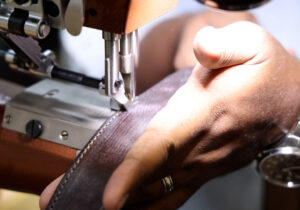
Once Odin knew he was capable of leatherworking, he wanted to take it to the next level. “What is the difference between what I’m making here at my dining room table versus what someone is making in Europe or some other big factory elsewhere that determines what makes it appropriate for a larger audience?” asked Odin. “What makes it a quality item? What’s the difference? Is it skill? Is it that they have some magical ability I don’t have yet? And that’s what I started chasing after. What’s the difference? How can I make my work better? This was not intended to be a business. This was intended to be an experiment, and then it turned into a bit of a hobby, and then it turned into something I put a little, what my father would call, walk around money in my pocket. And then from there, it turned into a brand.”
With his wife Rachelle by his side and a few faithful employees helping hold down the fort, Odin has opened two stores, and he wouldn’t be here if it wasn’t for other leatherworkers who helped him by sharing knowledge and tooling techniques. “I may have met one or two old guys or gals out there who just don’t want to share with you,” said Odin. “They do not represent the whole. Most of them, if you walk in a shop and you say, ‘Hey, my name is Odin Clack, I have interest in your craft, the thing that you’ve been dedicating your life to for the last 30 years, I would love if you allow me an opportunity to learn from you,’ they’re very willing to help you. They just want to see that you care. They don’t consider sharing with you wasting their time. They consider you being lazy. They consider you being not willing to figure out things on your own and try. That’s a waste of their time.”

Odin’s appreciation for those who have mastered the art of leatherworking has granted him access to a wealth of knowledge only available from the masters themselves. “These are people who deserve respect,” said Odin. “They’ve been doing this stuff for a long time, and they do beautiful, beautiful work. And so you talk to them and say, ‘Hey, do you mind if I look over your shoulder for a little while?’ And a lot of them will say, ‘Absolutely. Come on back.’”
Those skills have helped Odin create a business that does more than just make wallets, or belts, or bags. His items make memories. “There is not another material out there that holds memories like leather does,” said Odin. “Almost everyone has some memory in mind of some leather item that gives them this thing where their eyes kind of roll back in their head like ‘oh, I remember that.’ A baseball glove, a pair of boots, a wallet, a belt, a saddle, right. It could even be sitting inside of a new car, and what do people say? ‘New car smell.’ It’s a memory, right? Leather holds memories. Name another material that does that. Hard-pressed to find one.”
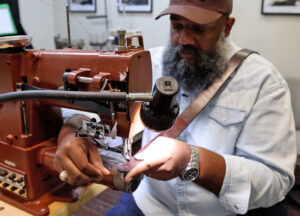
Despite his job being tough as… well, you know the rest. Odin drives his business forward to further his family life, and the families of those that work with him.
“This is not a blind passion, this is passion with some intent we have behind it,” said Odin. “We know what we want to do. We know that we want to have a thriving business that supports these families, our team, but we are very authentic and transparent here. We share almost everything. We share with other leather crafters. We share with our customers. I think that’s one thing that we’re very proud of is having a transparent family-based business that is not just our family but our extended family now as well.”
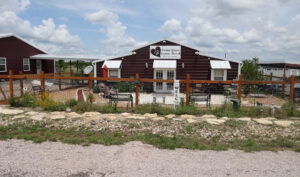
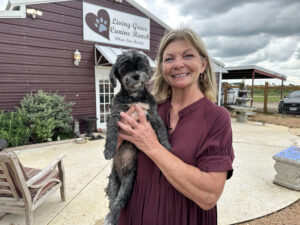
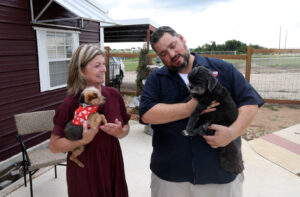
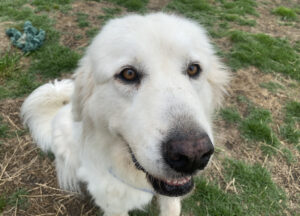
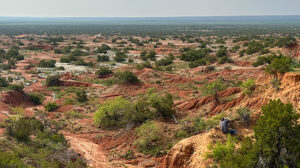
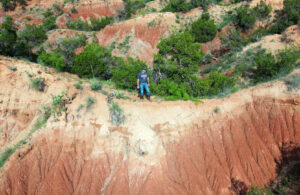
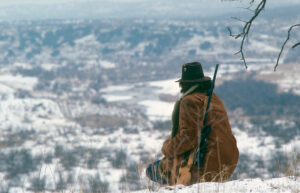

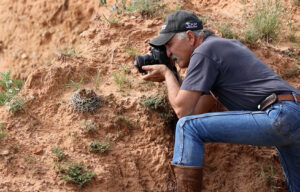
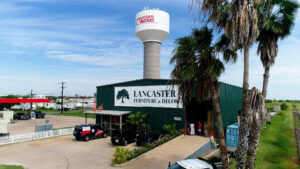
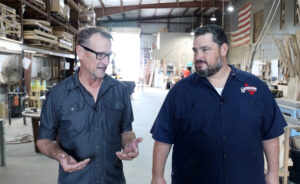
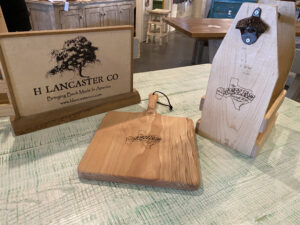
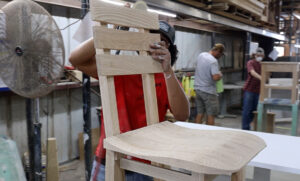
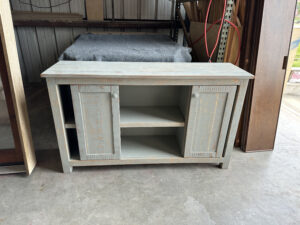
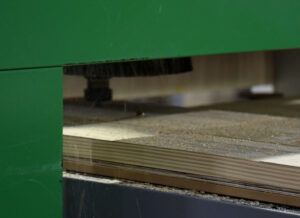

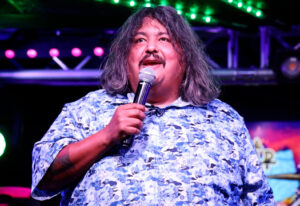
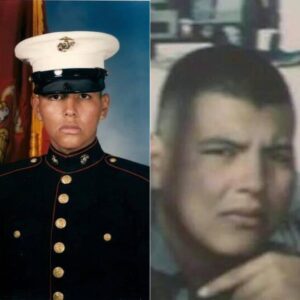
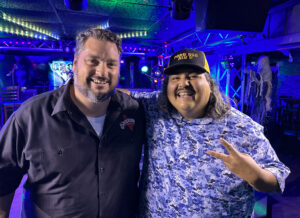
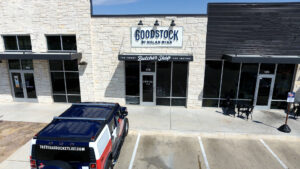
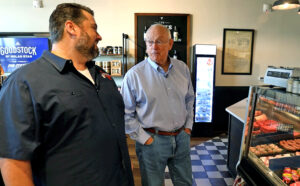

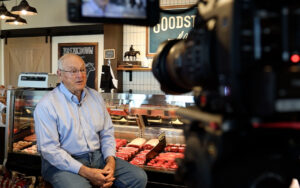
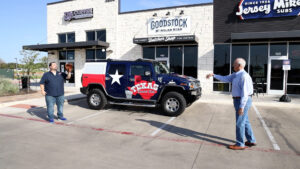
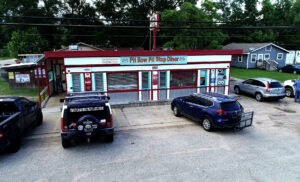
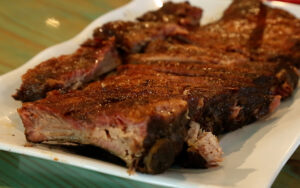
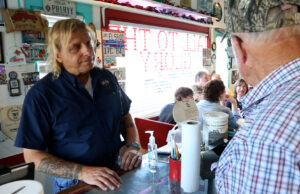


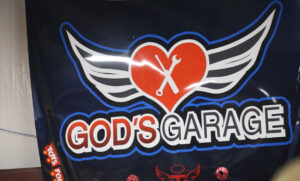
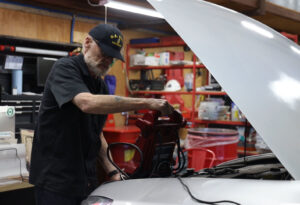
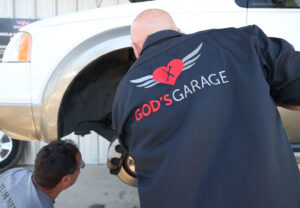
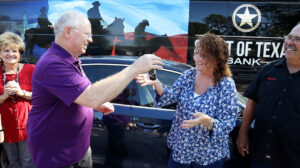
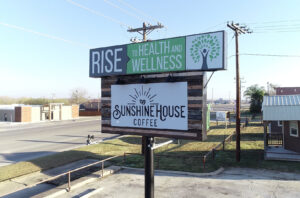
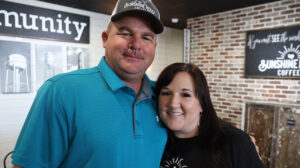
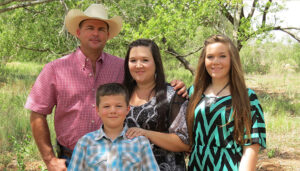
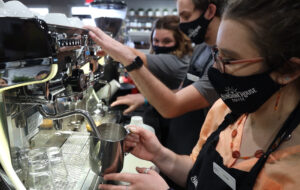
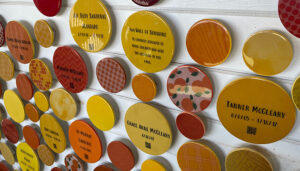
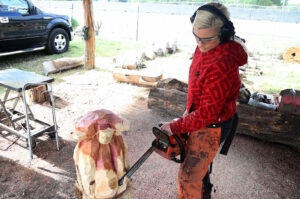 Della is usually in pinch to get orders put out for customers who really like carved art. “I’m from the woods, I love carving. Well, I’m from Tarkington Prairie so it’s pretty much in the woods,” joked Della.
Della is usually in pinch to get orders put out for customers who really like carved art. “I’m from the woods, I love carving. Well, I’m from Tarkington Prairie so it’s pretty much in the woods,” joked Della.